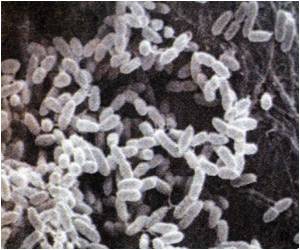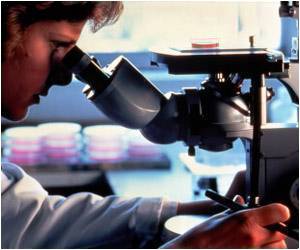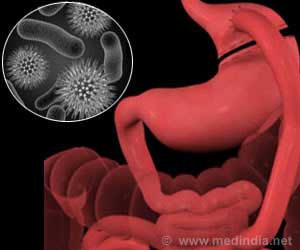Location, connectedness, and human use patterns in a building may influence the types of bacteria they house, says study.

To understand how design choices and human use influence the bacteria in the building, Steven Kembel from the University of Quebec in Montreal, Canada and colleagues, collected microbiological, architectural, and environmental data in 155 rooms in a 4- story multiuse classroom and office building on the University of Oregon campus.
They used filtered vacuum cleaners to collect dust in offices, classrooms, hallways, bathrooms, and storage closets and genetically sequenced the bacteria.
Dust samples revealed over 30,000 different types of bacteria.
Architectural design characteristics related to space type, building arrangement, human use and movement, and ventilation source influenced on bacterial community structure.
Spaces containing a large number of people or with people passing through to other spaces contained a distinct set of bacterial taxa when compared to spaces lacking these characteristics.
Advertisement
Within similar offices, the source of air ventilation, mechanical versus window, had the greatest effect on bacterial community structure.
Advertisement
The study is published in PLOS ONE.
Source-ANI












